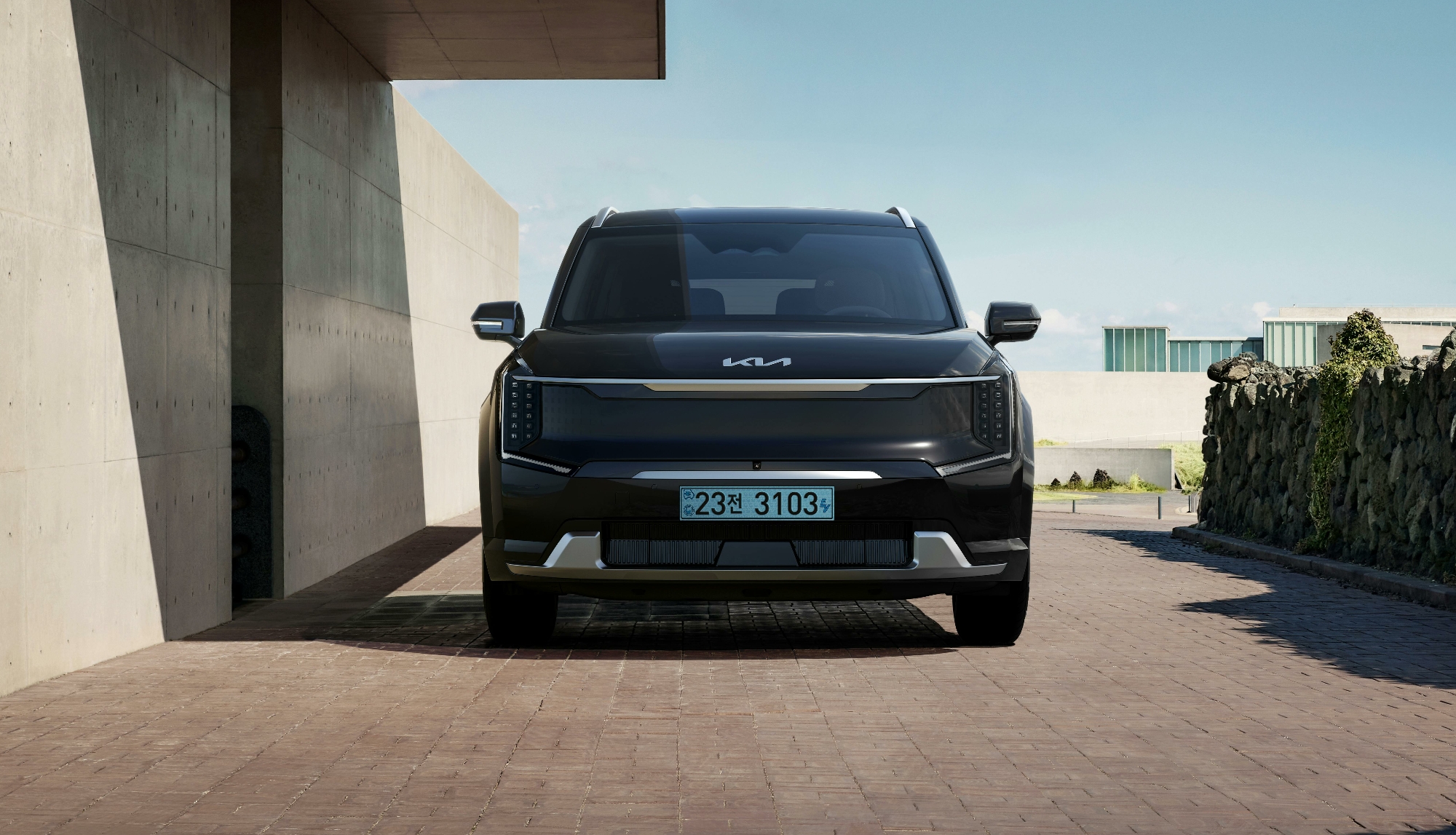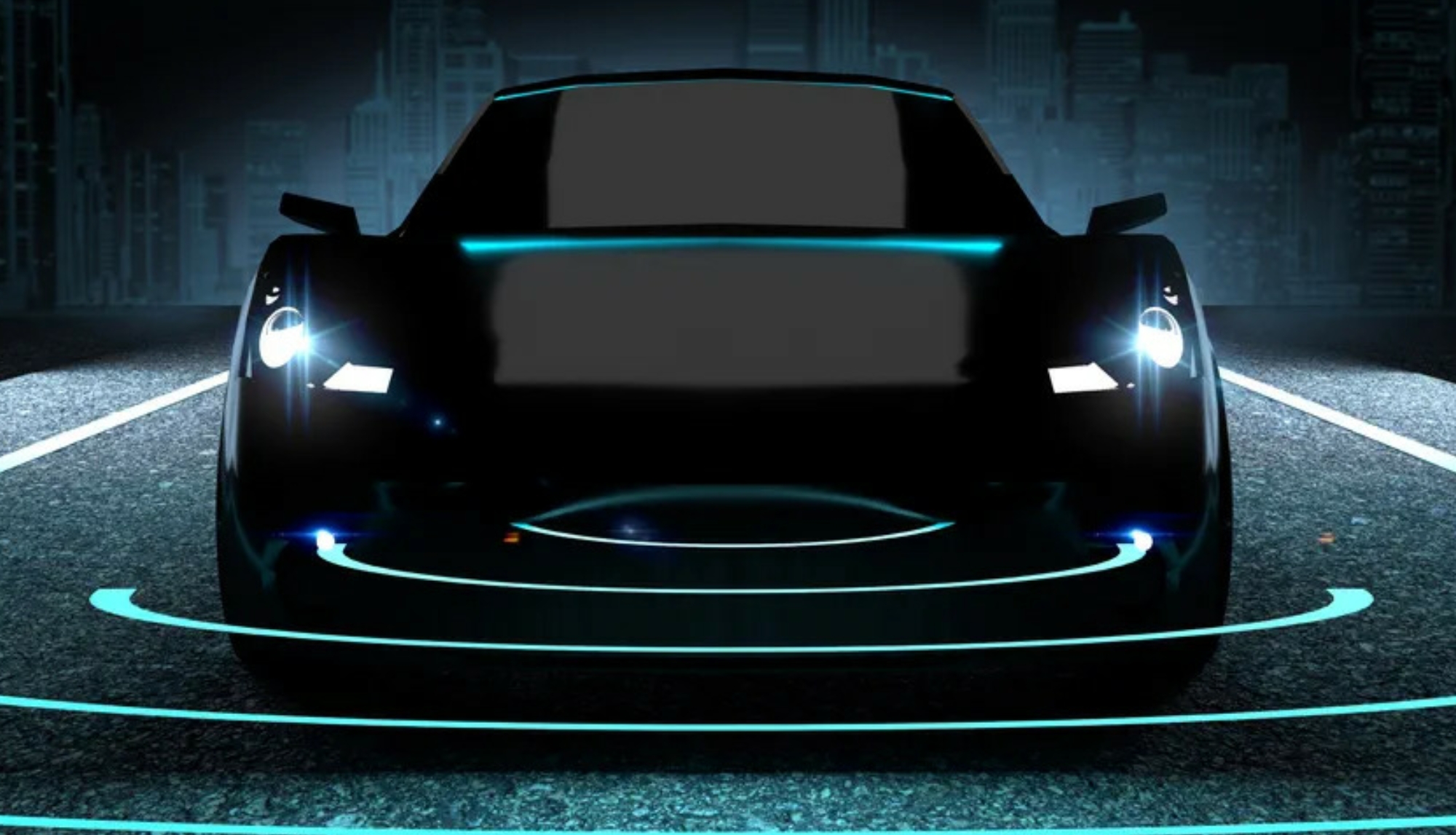
Revolutionizing the Road The Future of Electric Vehicles and AI-Driven Automotive Technology
In recent years, there has been a significant shift in the automotive industry towards electric vehicles (EVs) and advanced AI-driven technologies. This rapid evolution is not only transforming the way we drive but also revolutionizing the road as we know it. Let’s explore how electric vehicles and AI-driven automotive technology are shaping the future of transportation.
The Rise of Electric Vehicles
Electric vehicles have gained immense popularity due to their environmental benefits and cost-effective operation. With zero emissions and lower maintenance requirements compared to traditional gasoline-powered vehicles, EVs are seen as a sustainable alternative to reduce our carbon footprint. This shift towards electric vehicles is also driven by government incentives and regulations aimed at reducing greenhouse gas emissions.
Advancements in AI-Driven Automotive Technology
Artificial intelligence (AI) is playing a crucial role in the development of autonomous vehicles and enhancing the driving experience. AI-driven technologies such as computer vision, machine learning, and sensor fusion are helping vehicles navigate complex road conditions, interpret traffic signals, and detect obstacles in real-time. These advancements are not only improving vehicle safety but also optimizing traffic flow and reducing accidents on the road.
The Intersection of Electric Vehicles and AI
The convergence of electric vehicles and AI-driven technologies is unlocking new possibilities in the automotive industry. Electric vehicles equipped with AI systems can analyze driving patterns, optimize energy consumption, and enhance range prediction accuracy. This integration enables smarter charging solutions, personalized driving experiences, and seamless connectivity with other smart devices.
Benefits of Electric Vehicles and AI-Driven Automotive Technology
- Environmental Impact: Electric vehicles produce lower emissions, reducing air pollution and promoting a cleaner environment.
- Cost Savings: EVs have lower operating costs and require less maintenance compared to traditional vehicles powered by gasoline.
- Safety: AI-driven technologies enhance vehicle safety by detecting potential hazards and assisting drivers in avoiding accidents.
- Convenience: Electric vehicles can be charged at home or at public charging stations, offering convenience for drivers without the need for frequent visits to gas stations.
Challenges and Opportunities Ahead
While electric vehicles and AI-driven automotive technology offer numerous benefits, there are still challenges that need to be addressed. The development of charging infrastructure, battery technology, and regulatory frameworks are key areas that require attention to accelerate the adoption of EVs and AI in the automotive sector. Additionally, data privacy and cybersecurity concerns need to be addressed to ensure the safe and secure operation of AI-driven vehicles on the road.
The Future Looks Bright
As technology continues to evolve, the future of electric vehicles and AI-driven automotive technology looks promising. With ongoing research and development in the fields of renewable energy, autonomous driving, and smart mobility solutions, we can expect to see more innovative products and services that will revolutionize the way we travel and interact with our vehicles. The road ahead is filled with exciting possibilities, and the journey towards a sustainable and intelligent transportation system is well underway.
In conclusion, the marriage of electric vehicles and AI-driven automotive technology is reshaping the automotive industry and paving the way for a more sustainable and efficient transportation system. With advancements in battery technology, AI algorithms, and connectivity solutions, we are witnessing a revolution on the road that promises to redefine our driving experience and create a greener future for generations to come.

Under the Hood of Tomorrow: How 5G and Autonomous Driving are Shaping the Next-Gen Car
In today’s fast-paced world, technology is advancing at an exponential rate. One of the most exciting developments in recent years is the integration of 5G networks and autonomous driving technology in cars. These innovations promise to revolutionize the way we think about transportation and pave the way for a future that is safer, more efficient, and more connected than ever before.
The Promise of 5G Technology
5G technology is the next generation of cellular network technology, offering faster speeds, lower latency, and greater capacity than ever before. This high-speed, low-latency connectivity has the potential to transform the way we interact with the world around us, and nowhere is this more evident than in the automotive industry.
With 5G connectivity, cars can communicate with each other, with infrastructure, and with cloud-based services in real-time. This level of connectivity opens up a world of possibilities for improving road safety, optimizing traffic flow, and providing a more personalized driving experience for users.
Autonomous Driving: The Future is Now
Autonomous driving technology has been a dream of scientists and engineers for decades, and thanks to recent advancements in artificial intelligence and machine learning, that dream is now becoming a reality. Self-driving cars have the potential to completely reshape the way we think about transportation, making it safer, more efficient, and more sustainable.
By combining 5G connectivity with autonomous driving technology, cars can communicate with each other and with the surrounding environment to navigate complex traffic patterns, avoid accidents, and optimize energy usage. This level of coordination and communication is not possible with current cellular networks, making 5G an essential component of the future of autonomous driving.
The Benefits of Integration
The integration of 5G technology and autonomous driving has the potential to revolutionize the automotive industry in ways that were previously unimaginable. By leveraging the power of high-speed, low-latency connectivity, cars can communicate with each other and with the infrastructure in ways that were previously impossible, leading to improved safety, increased efficiency, and a more seamless driving experience for users.
One of the key benefits of this integration is the potential to reduce traffic accidents and fatalities. By allowing cars to communicate with each other in real-time, autonomous driving technology can help to avoid accidents before they happen, potentially saving thousands of lives each year. Additionally, by optimizing traffic flow and reducing congestion, autonomous driving can help to reduce emissions and make our cities cleaner and more livable.
Challenges Ahead
While the future of 5G connectivity and autonomous driving is bright, there are still many challenges that need to be overcome. Privacy and security concerns, regulatory issues, and technological limitations all stand in the way of widespread adoption of these technologies. However, with the right combination of innovation, collaboration, and investment, these challenges can be overcome, paving the way for a future that is safer, more efficient, and more connected than ever before.
In conclusion, the integration of 5G technology and autonomous driving is shaping the next generation of cars in ways that are truly revolutionary. By combining the power of high-speed, low-latency connectivity with the intelligence of autonomous driving technology, cars can navigate our roads with unprecedented safety, efficiency, and convenience. The future of transportation is here, and it’s more exciting than ever before.
The Smart Car Era: How IoT and Advanced Sensors are Transforming Vehicle Performance and Safety

In today’s fast-paced world, technology is rapidly advancing, and the automotive industry is no exception. The advent of the Internet of Things (IoT) and advanced sensors has revolutionized vehicle performance and safety, ushering in the era of smart cars. These innovative technologies have transformed how vehicles operate on the road, ensuring a safer and more efficient driving experience for motorists.
IoT in Vehicles
The Internet of Things has enabled vehicles to become interconnected, allowing them to communicate with each other and with external devices. This connectivity has paved the way for a host of new features and capabilities that have greatly enhanced vehicle performance and safety. One of the key benefits of IoT in vehicles is the ability to gather real-time data on various aspects of the vehicle’s operation, such as engine performance, fuel efficiency, and tire pressure. This data can then be analyzed to identify potential issues before they escalate into more serious problems, helping to prevent breakdowns and accidents.
Advanced Sensors
Advanced sensors play a crucial role in the smart car era, providing vehicles with the ability to monitor their surroundings and react to changing conditions in real time. These sensors can detect obstacles on the road, such as other vehicles, pedestrians, and road signs, and alert the driver to potential hazards. They can also assist with parking, lane-keeping, and collision avoidance, helping to reduce the likelihood of accidents and improve overall road safety.
Enhanced Performance
The integration of IoT and advanced sensors in vehicles has led to significant improvements in performance. By constantly monitoring key metrics such as engine temperature, tire pressure, and fuel efficiency, smart cars can optimize their performance to deliver a smoother and more efficient driving experience. This not only improves the vehicle’s overall performance but also helps to reduce fuel consumption and emissions, making smart cars more environmentally friendly.
Improved Safety
Safety is a top priority in the automotive industry, and IoT and advanced sensors have greatly enhanced vehicle safety. These technologies can predict and prevent accidents by alerting drivers to potential hazards and assisting with emergency braking and collision avoidance. In the event of an accident, IoT-enabled vehicles can automatically contact emergency services and provide them with crucial information, such as the vehicle’s location and the severity of the impact, helping to expedite the response time and potentially save lives.
Future Outlook
As technology continues to advance, the potential for IoT and advanced sensors in vehicles is virtually limitless. In the near future, we can expect to see even more advanced features and capabilities that further enhance vehicle performance and safety. From self-driving cars to predictive maintenance systems, the smart car era is set to revolutionize the way we think about transportation and road safety.
In conclusion, the smart car era is here to stay, thanks to the transformative power of IoT and advanced sensors. These technologies have revolutionized vehicle performance and safety, making driving safer, more efficient, and more enjoyable than ever before. As we look to the future, the possibilities are endless, and the automotive industry is poised for even greater advancements in the years to come. The age of smart cars has arrived – are you ready to embrace it?



